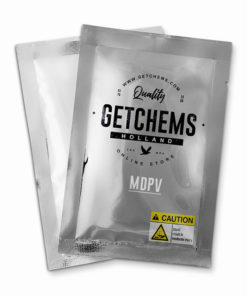No products in the cart.
3-FA
€16.45
Buy Clean and pure 3-FA [>96.5%] direct from our online shop
Shipping to USA, EU, NZ, AU *
*for research purposes only. human consumption is against our terms of service.
although 3-fa has not been formally studied on the same level as traditional amphetamines, it is not unreasonable to assume that just like other substituted amphetamines with substitutions at similar positions (with the notable exception of 4-fa), it most likely acts primarily as both a dopamine and norepinephrine releasing agent, with modest selectivity for serotonin. this means it effectively increases the levels of the norepinephrine and dopamine neurotransmitters in the brain by binding to and partially blocking the transporter proteins that normally clear and reuptake those molecules from the synaptic cleft for future reuse. this allows dopamine and norepinephrine to accumulate within the brain to extra-endogenous degrees, which is known to produce stimulating, motivatory and euphoric effects in humans.
| bulk discount: | |
| 1 Gram | 16.45 |
| 3 Grams | 37.00 |
| 5 Grams | 51.50 |
| 10 Grams | 98.50 |
| 25 Grams | 226.00 |
| 50 Grams | 411.00 |













JoppeD. –